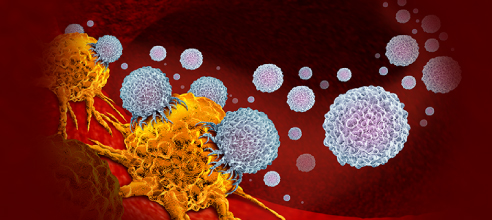Cell staining method
Cell staining is a technique used in microscopy to visualize and differentiate structures within cells. It involves the use of dyes or stains to selectively color specific parts of cells or tissues, allowing researchers to study the structure and function of cells in greater detail. There are many different cell staining methods, each of which has its own specific uses and limitations.
One of the most common cell staining methods is called light microscopy. This technique uses visible light and a microscope to examine cells and tissues. Light microscopy can be used to study the overall structure and organization of cells, as well as the distribution and localization of specific molecules within cells. There are several different types of light microscopy, including brightfield microscopy, which uses light to create a bright background against which cells and tissues are viewed, and phase contrast microscopy, which uses light to create a contrast between different parts of the sample.
Another common cell staining method is called fluorescence microscopy. This technique uses fluorescent dyes or fluorophores to stain cells and tissues, which allows researchers to visualize specific structures or molecules within cells. Fluorescence microscopy can be used to study the distribution and localization of proteins, DNA, and other molecules within cells. It is often used in combination with other techniques, such as immunohistochemistry, to study the function of specific proteins within cells.
A third cell staining method is called electron microscopy. This technique uses a high-energy electron beam to examine cells and tissues at a much higher magnification than light microscopy. Electron microscopy can be used to study the ultrastructure of cells, including the arrangement of organelles and the composition of cell membranes. There are two main types of electron microscopy: transmission electron microscopy (TEM), which uses a beam of electrons to create an image of the sample, and scanning electron microscopy (SEM), which uses a beam of electrons to create a three-dimensional image of the surface of the sample.
Other cell staining methods include confocal laser scanning microscopy, which uses lasers to create highly detailed images of cells and tissues, and immunofluorescence, which uses antibodies labeled with fluorescent dyes to visualize specific proteins within cells.
Regardless of the cell staining method used, the basic principle behind all of these techniques is the same: the selective labeling of specific structures or molecules within cells or tissues using dyes or stains. By using these techniques, researchers are able to study the structure and function of cells in greater detail, which helps to increase our understanding of how cells work and how they can be used to treat various diseases and disorders.
- Like (4)
- Reply
-
Share
Reply
About Us · User Accounts and Benefits · Privacy Policy · Management Center · FAQs
© 2025 MolecularCloud




